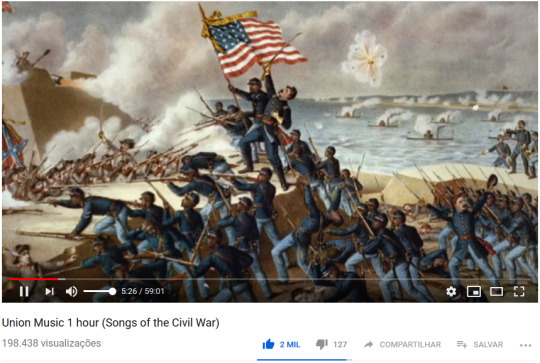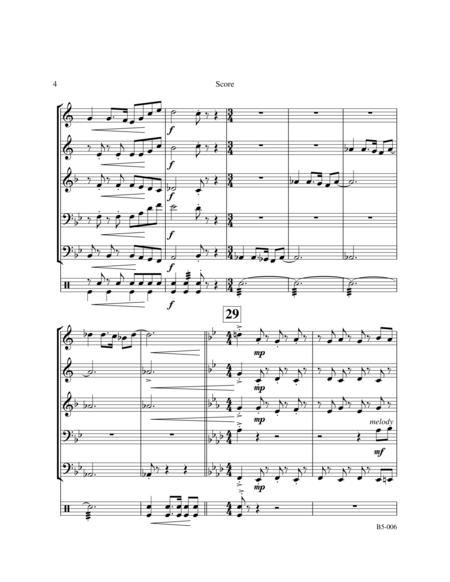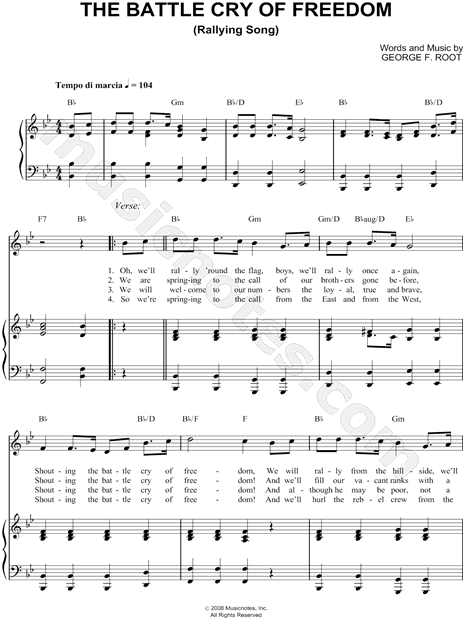
Chapter 15: Billy Yank's Chickahominy Blues.Chapter 12: Blockade and Beachhead: The Salt-Water.Chapter 11: Farewell to the Ninety Days' War.Chapter 9: Facing Both Ways: The Upper South's Dil.Chapter 8: The Counterrevolution of 1861.Chapter 6: Mudsills and Greasy Mechanics for A.Chapter 1: The United States at Midcentury.personal liberty laws: laws passed by New England states to oppose the national fugitive slave law (especially due to abolitionist movement).Yankees: opposed the South in their goals Yankees wanted to establish public schools, build roads, canals, railroads, advocated taxes to allow such progress.

Second Great Awakening: a Protestant revival movement in New England that lead to many reform movements (especially the rise of abolitionism).abolitionism: movement to remove slavery in territories (mainly in New England after the Second Great Awakening).He also makes a reference to Thomas Jefferson's agrarian ideal to show how it didn't work and everyone was dependent on someone else. The working poor in New York were not very emphatic pre-Civil War era, but wage labor was a form of dependency that went against republic ideals. McPherson did, however, also mention how terrible wage labor was. This also led to further sectionalization between the industrial north and the agrarian south. Since all these goods could now be shipped far away, m iddle class Americans could, by the 1850s, buy ready-made goods from anywhere in the country. This also allowed a division of labor and specialization in crops being produced, and led to the growth of markets far away from the base of production. The transportation revolution changed the economy with the rise of new roads, railroads, and the telegraph, which led to better communication. Since people believed expansion was the key to their success, when slavery became more about where it would exist and less about morality, it became a big controversy by the 1840s. Issues over what to do with the land west of the Mississippi River led to the 1820 compromise of splitting at latitude of 36' 30, and the Compromise of 1850 also delayed the problem, but by the 1860s, the issue became too widespread. Territorial expansion made slavery a bigger problem. Since industrial capitalism was taking place by mid 1800s, many believed slavery degaded labor and stopped economic development. Because the Supreme Court was dominated by Southern slave holders, they denied Congress the right to not allow slavery in newly gained territories.Īlso, this split between the North and the South led to a new culture that alienated the two sides and created sectional pride, which created disunity. The passing of personal liberty laws in the northern states to stop the national fugitive slave law supported by the South also caused division.

Strangely enough, non-slaveowning whites in the South supported slavery since they believed emancipation would lead to war and their downfall as blacks were competition. The rise of abolitionism soon infiltrated political movements and the country became divided. The Second Great Awakening led to many moral and cultural reforms as the Protestant revivals swept through New England. Some believed that slavery was not a republic ideal, while Southerners thought slavery was essential to their culture and their economy. This new growth in slavery led to sectional conflict between the North and the South over its future.

Since slave-grown crops were a key part of the economy and expansion, slavery became more necessary and took root in society. Although this was considered to be progress, the growth led to negative consequences. The population quadrupled and there was a push westward and southward as the country gained more land. Growth occurred in population, territory, and economy in the 1800s. Chapter 1: The United States at Midcentury


 0 kommentar(er)
0 kommentar(er)
